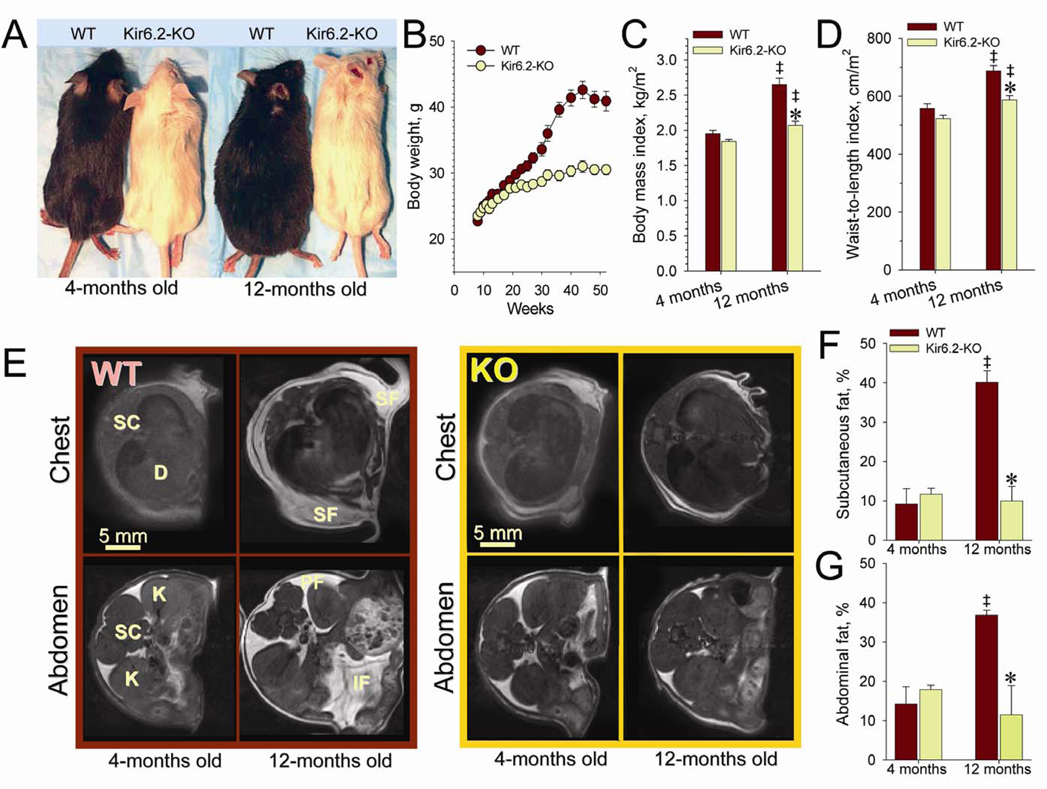Figure 1. Kir6.2-KO mice inherit low body weight.
(A) WT display larger trunk size compared to Kir6.2-KO at 1-year follow up.
(B) Divergence in body weight in individually caged WT (n=10) and Kir6.2-KO (n=10) by 5 months of age.
(C and D) Body mass index (BMI) calculated as the ratio of body weight to the square of body nasal-to-anal length, and waist-to-length index (WLI) calculated as the ratio of abdomen diameter to the square of body nasal-to-anal length, increased during maturation of WT and Kir6.2-KO (‡, p<0.05 at 12 versus 4-months within each cohort; n=10 in each group), with BMI and WLI significantly lower at 12 months in Kir6.2-KO compared to WT (*, p<0.05; n=10 in each group).
(E) Transverse MRI scans through thorax and abdomen of WT (left) and Kir6.2-KO (right) at 4 and 12 months. Abbreviations: D, diaphragm; IF, interstitial fat; K, kidney; PF, retroperitoneal fat; SC, spinal cord; SF, subcutaneous fat. Note prominent fat deposition in WT compared to Kir6.2-KO at 1-year of age.
(F and G) Mean areas of subcutaneous and abdominal fat, expressed relative to total cross-sectional area, were significantly increased in 12-months old WT compared to either 4-month-old WT (‡, p<0.05; n=4) or 12-month-old Kir6.2-KO (*, p<0.05; n=4). In contrast to WT, fat stores in Kir6.2-KO were statistically indistinguishable at both ages.
Data are mean±SEM.

